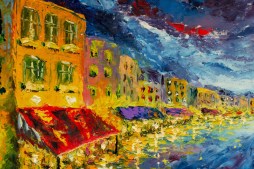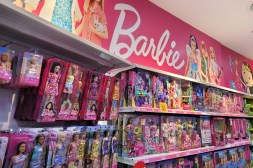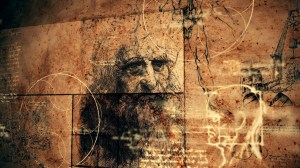From Fiction to Fact: How Fairytales Reflect Actual Historical Events
Fairytales have long captivated audiences with their enchanting tales of magic, adventure, and moral lessons. Interestingly, many of these beloved stories are not purely fictional; they often weave in threads from actual historical events. This article explores how fairytales reflect real-life occurrences and the lessons they convey through their fantastical narratives.
The Origins of Fairytales
Fairytales have roots that date back centuries, originating in various cultures around the globe. They were primarily passed down orally before being written down by authors like the Brothers Grimm and Hans Christian Andersen. Many fairytales were inspired by historical events or figures, which helped to convey societal values and morals relevant to the time period.

Historical Figures in Fairytales
Some fairytales draw direct inspiration from historical figures. For instance, the tale of “Sleeping Beauty” is often linked to the reign of Charles IX in France during the 16th century when a series of unfortunate events led to a period of civil unrest. Similarly, “Cinderella” has variations across cultures that often reflect social hierarchies and class struggles prevalent during specific times in history.
War and Conflict Reflected in Tales
Many fairytales incorporate themes of war and conflict that mirror historical events. The story of “Little Red Riding Hood,” for example, can be seen as a reflection on predator-prey dynamics during times when communities faced external threats. By embedding these conflicts within their narratives, storytellers could subtly comment on societal challenges without directly confronting them.
Moral Lessons Tied to Historical Contexts
Fairytales frequently contain moral lessons that relate back to historical contexts. For example, tales like “The Boy Who Cried Wolf” serve as cautionary stories about honesty amidst a backdrop where trust was essential for community survival—especially during turbulent times such as invasions or famine when deception could lead to dire consequences.
Modern Interpretations: Bridging Past with Present
Today’s writers often look back at classic fairytales with fresh perspectives that highlight their historical significance while also addressing contemporary issues such as gender roles or social justice. Films like Disney’s adaptations have taken liberties but also aim to connect past realities with present-day values, breathing new life into these age-old stories while maintaining their roots in history.
In summary, fairytales are more than just whimsical tales; they are rich narratives grounded in real-world events and societal concerns throughout history. By examining these stories critically, we can appreciate not only their entertainment value but also their role as reflections of our shared human experience.
This text was generated using a large language model, and select text has been reviewed and moderated for purposes such as readability.












